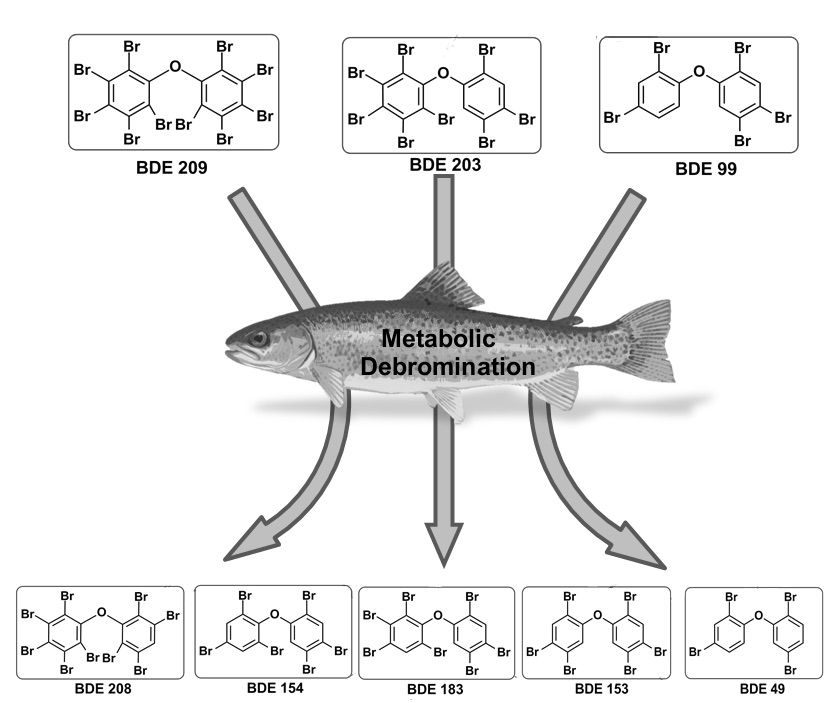The International Joint Commission (IJC) has released a report recommending the governments of Canada and the United States adopt a strategy to address toxic polybrominated diphenyl ethers (PBDEs) in the Great Lakes to reduce risks to human health and the environment.
PBDEs have been found in the Great Lakes at levels that could be harmful to human health. Present in electronic devices, appliances, carpets, mattresses, and furniture, PBDEs are bioaccumulative and toxic to both humans and the environment. Impacts on wildlife include increased mortality rates, malformations, and thyroid system and metabolic impairment. Possible health effects in humans primarily relate to thyroid disorders, reproductive health problems, cancers, and neurobehavioral and developmental disorders.
Although production of various PBDEs has been banned or is being phased out, residual PBDE flame retardants are still present throughout the Great Lakes basin in a vast array of products. PBDEs were designated by Canada and the United States as a Chemical of Mutual Concern (CMC) in May 2016 under Annex 3 of the Great Lakes Water Quality Agreement.
“The PBDEs polluting our Great Lakes are toxic substances of great concern,” said Gordon Walker, chair of the IJC’s Canadian Section. “The IJC is now recommending a coordinated, binational strategy to be implemented by the end of 2017 to reduce the presence of this toxic pollutant.”
The IJC report recommends that federal, state, and provincial governments address PBDEs in the Great Lakes by:
- Developing and implementing a binational strategy to reduce PBDEs to the Great Lakes before the end of 2017;
- Applying restrictions on the manufacture, use, and sale of PBDEs and PBDE‑containing products;
- Developing a plan for reducing and eliminating potential releases of PBDEs in products during recycling and disposal stages;
- Guiding industry on methods to assess PBDE substitutes and encouraging use of alternative methods for addressing flammability; and
- Increasing monitoring of PBDEs in the environment in order to assess the effectiveness of polices aimed at reducing their presence.
“It will take sustained efforts from governments, industry, and citizens to rid the lakes of these substances,” said Lana Pollack, chair of the IJC’s U.S. Section. “To keep these toxins out of the lakes and protect human health we have to control the full life cycle of these products, from initial design to final disposal.”
The IJC is currently preparing its first assessment of progress made by the governments of Canada and the U.S. to restore and protect the Great Lakes under the 2012 Agreement. Citizens can participate in the process through to June 2017 and can learn more online at participateijc.org.
For more information on PBDEs in the Great Lakes, see the full report.













